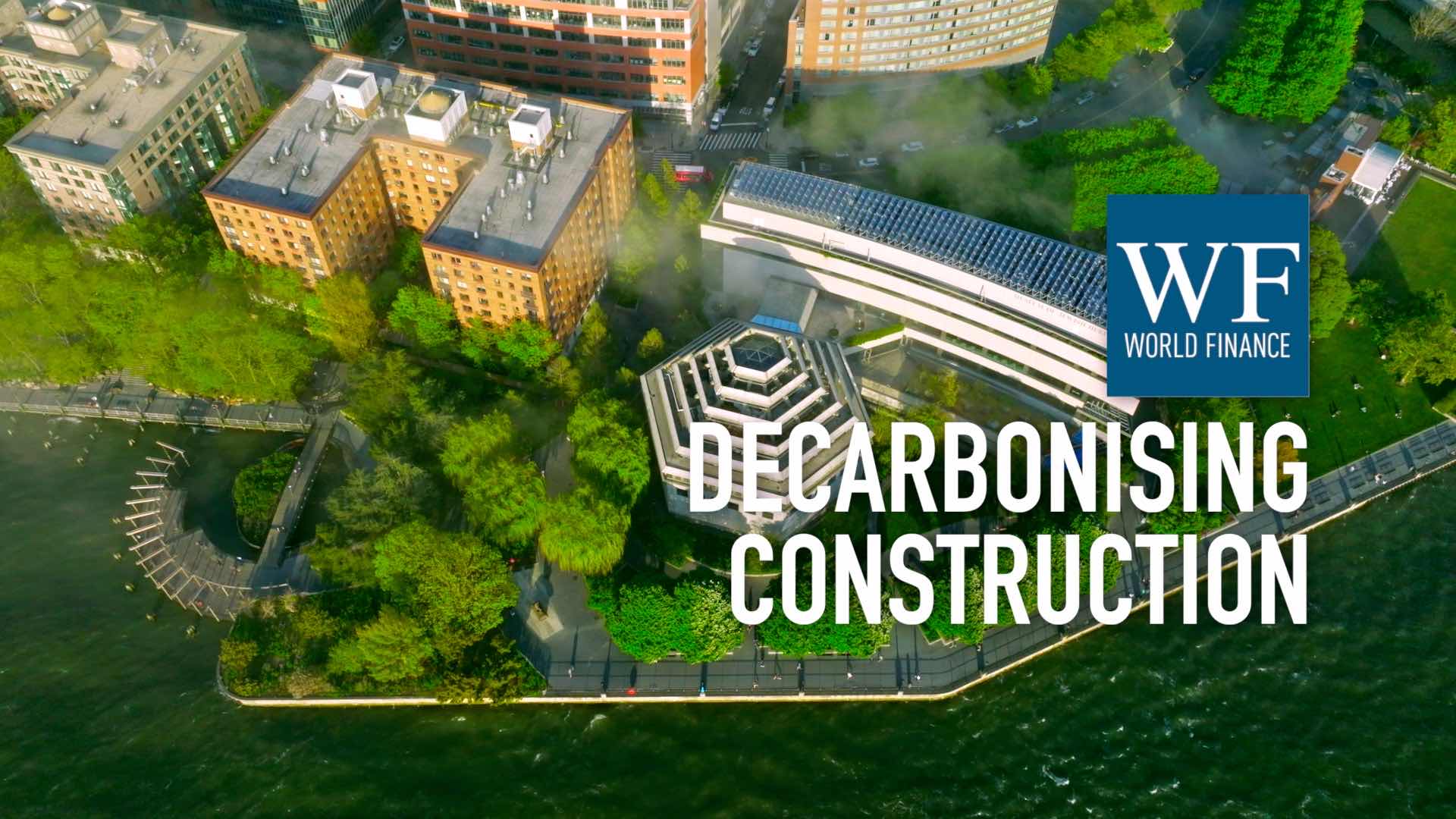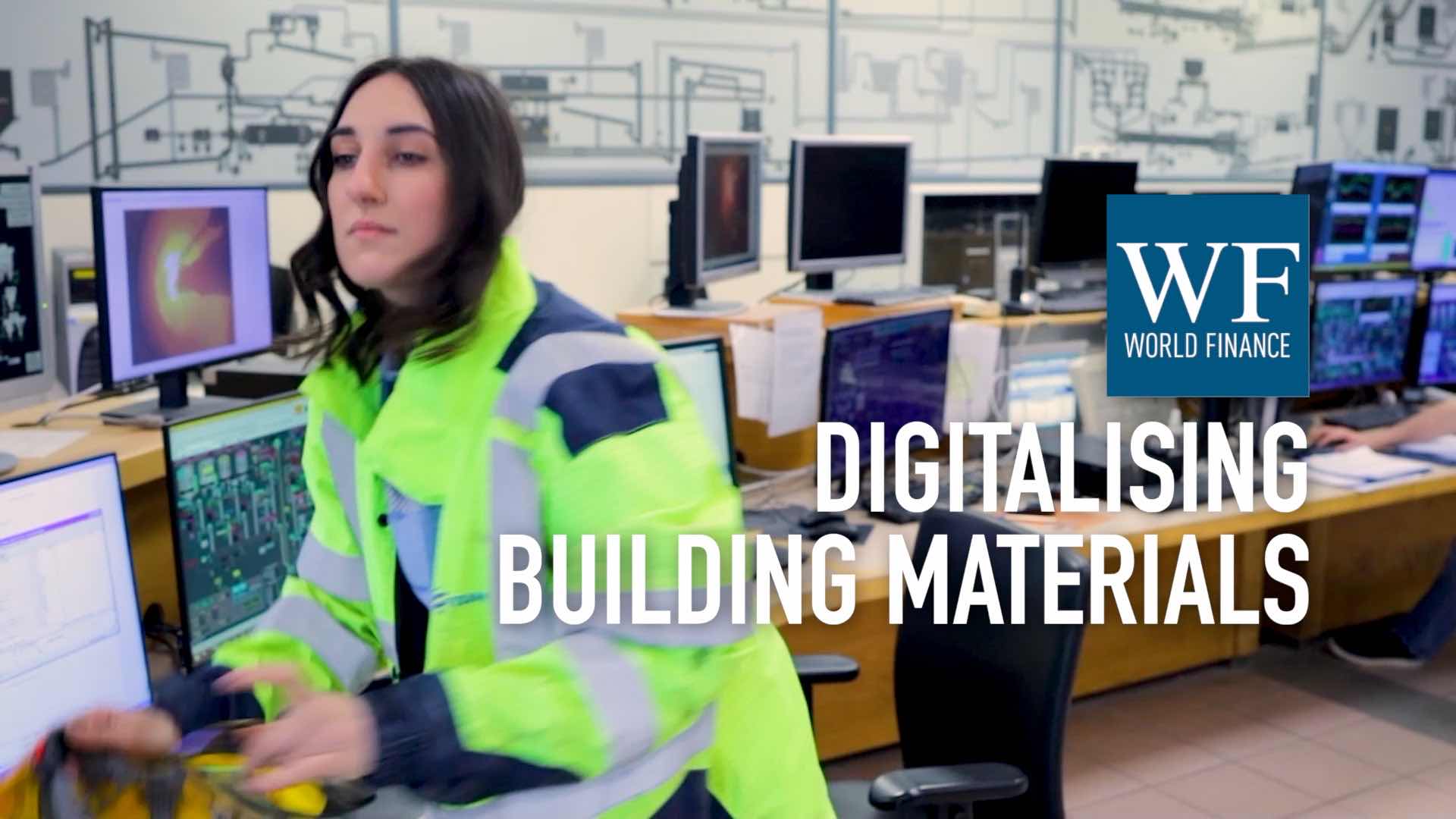MASEN unveils Morocco’s mega plans for solar energy
The Noor Ouarzazate complex will yield 450MW of solar energy for Morocco
Related:
Transcript
Morocco is getting the green stamp of approval on its renewable sector. Dayae Oudhiri, member of the management board of MASEN (the sponsor of Morocco’s energy plans), discusses Morocco’s ambitious strategies. In addition, we look at the combination of photovoltaic and concentrated solar power technologies MASEN is using.
World Finance: Morocco is getting the green stamp of approval on its renewable sector. Here to shed light on the industry’s growth: Dayae Oudhiri.
First, let’s talk about some of the ambitious strategies in your country.
Dayae Oudhiri: Indeed, there are a lot of things happening in the renewable sector in Morocco. And actually, in Morocco the electricity needs have been growing very strongly for many years now. And to face those, Morocco as a country had to actually double its total installed capacity every 10 years for the coming decades.
And it had two options to do that: either remain heavily dependent on imports, and continue to build what I call black plants, or go green.
Bear in mind that we have a very high quality of clean energy, and also that we have a strong belief at the highest level of the state that only sustainable development can take place with environmentally friendly strategies.
We decided to go green: to go for renewables.
And we’re targeting our energy mix to be 42 percent by 2020 from renewable energies.
World Finance: Solar is a thriving industry, but also very expensive. How are you able to make a decision to focus on it?
Dayae Oudhiri: We could maybe go back and understand what solar energy provides to Morocco. There are a lot of things.
First, it gives you the comfort that you will never lack your resource. Because you own it, and you do not depend on others to make it available.
Second, with available technologies of solar, actually you really can have the electricity you need, whenever you need it. Even during night time.
Third, with solar it gives you a fixed price for 25 years. So you’re not dependent on geopolitical issues to secure your price.
Fourth, no more subsidies at the entrance. Because as you know, fossil energies are so heavily subsidised in so many countries in the world.
And fifth, at the end of your 25 years you may end up with free electricity. So I think that when you add up all these advantages, for us it was pretty obvious to go that way, and to choose solar.
World Finance: So tell me about your stance on thermal technologies and photovoltaic in particular.
Dayae Oudhiri: Our stance is that those technologies complement one another very well. PV can answer specific needs, can be pretty modular, and can even be developed without a connection to the grid per se.
CSP though can really provide you dispatchable electricity, with tanks to store it. It can really provide you electricity during your peak hours, which can be during night time.
At MASEN actually we have been very much technology agnostic. So what we have been trying to do is really to find the most suitable solutions for our client, the Moroccan National Electricity Office (ONE), and experience has shown that PV and CSP do very well together, and answer different needs.
And even now we’re working on a new project, which will have hybrid plants using both CSP and PV, and which at the end probably will close this dichotomy we’re seeing between PV and CSP.
World Finance: Tell me about who is behind the Noor projects.
Dayae Oudhiri: Masen is the sponsor. Masen is also selecting the developer that is in charge of the construction and the operation of those plants. And it does select the developers through international bidding processes. So actually, you have a lot of international and local companies that are involved in these processes.
World Finance: So where do you stand on these projects now?
Dayae Oudhiri: Well, Noor I – Noor Ouarzazate I, which is 160MW – we will get into commercial operation this year. And this is going to be the biggest CSP plant on a worldwide basis. Noor II and Noor III have reached financial close and will get into commercial operation in 2017.
And Noor Ouarzazate IV will actually end up the Ouarzazate Complex, will reach 450MW in total. And actually this Noor IV will have PV technology and is being developed in parallel with two other projects in the Saharan south of the country. And we’re also working on Noor Midelt, which will be pretty similar to Noor Ouarzazate. And we have also qualified another site, on which works will accelerate in the coming year.
World Finance: Now of course money is very much a part of this conversation; tell me about how you’re going to structure finances to make sure they build and grow and thrive.
Dayae Oudhiri: You’re right, money does play a very important role in this conversation. And we’ve put a lot of effort into trying to find the most suitable scheme that will lead us to the most optimised financing. And actually, we ended up playing the role of lender.
As you know, MASEN is a publically owned company. Thanks to this, it can benefit from the government support to access concessional financing at very advantageous conditions, very large maturities, very small interest rates. And we have packaged all these loans that we were able to mobilise into one loan that we have on-lended to the project companies that are in charge of the construction.
And with this, actually we have been able to reduce the price per kwh by more than 30 percent.
World Finance: Now, how would you like to see these projects evolve, in terms of renewables, and solar in particular?
Dayae Oudhiri: I want this project to be, and remain, shining. And I think beyond the development of this project – and we have a very clear structure, a very clear schedule – what we would like to see is really to have an ecosystem being developed around these renewables.
We’ve been trying as MASEN to develop integrated projects, meaning that beyond electricity production, we’re really putting a lot of efforts on industrial integration, on R&D, on training, and last but not least also on the local development of this implementation areas that are usually excentered, to make sure that they really benefit from all the positive externalities these huge projects are bringing.

 Investing in innovation: TITAN Group’s €40m commitment to transform construction
Investing in innovation: TITAN Group’s €40m commitment to transform construction TITAN Group: Sustainable and smart construction, powered by digital technology
TITAN Group: Sustainable and smart construction, powered by digital technology
